5 Ways to use your Proven Process To Drive Sales
The Proven Process tool (aka Client Journey, or Client Experience) is an under-utilized tool. As many have said, the Proven Process is the “Front Stage.” These are the stages that your clients navigate with your business to maximize the value they will realize.
For differentiation, on the other side of the coin, the “Back Stage” is where you find your Core Processes, which are the internal processes in place to ensure your client seamlessly navigates their journey across your Proven Process. Especially for services-minded businesses, the Proven Process can be the most tangible tool to communicate how your clients will maximize the value delivered.
The Proven Process is a phenomenal sales tool. Here are 5 ways you can use your Proven Process to drive more sales:
- Validate your Proven Process
- Align around your Proven Process
- Use your Proven Process
- Measure your Proven Process
- Improve your Proven Process.
Below is some insight on all 5 of these.
Validate Your Proven Process
When was the last time you asked your IDEAL prospects and clients how they felt as they navigated their experience with your business? Gathering external feedback ensures you are focused in the right areas when assessing needs and communicating value in your proposals. This improves close rates for Ideal Prospects.
Here are some ways to validate your Proven Process:
- Engage a third party to talk with your clients. At worst, you will confirm what you think you now know. But you will likely be surprised by what you learn!
- Send surveys to clients to gather their feedback on different stages of the proven process as appropriate.
- For businesses with very high customer lifetime value, a focus group can provide a lot of collective insight that you can use to improve delivery of services
Align Around the Proven Process
Your business should be aligned around your Proven Process from your client’s perspective. If all team members have this foundation, then all understand their role in ensuring that prospects and clients have a great experience. When team members understand what prospects and clients have done and will be doing as their journey transitions from department to department, it is extremely helpful to prospects, clients, and your team.
Here are some ideas to align around your Proven Process:
- Create a brand around it and launch it internally. Hang posters on the wall, including it in prospect/client-facing communications.
- Use your proven process to add context to any prospect/client-facing processes (sales, marketing, client delivery).
- Ensure the handoff from marketing is a seamless process, over-communicating and leveraging video so clients know where they are in your process and what is next.
- Set the client delivery team up for success by getting them what they need to deliver excellent service.
Use Your Proven Process!
A lot of proven processes are created at the launch of EOS and then decay on the V/TO. Don’t let this happen to you!
Here’s how to use it:
- Use it to communicate the path to value throughout the Sales Process. Prospects and clients enjoy clarity, and showing them where they are on a visual level can be extremely helpful.
- Closing tool – map how your client’s compelling event aligns with your proven process to ensure they know what is involved in them getting where they need to go.
- Qualifying tool – if a prospect doesn’t seem to fit with your proven process, then it may not be a good client.
Measure Your Proven Process
Most scorecards consist primarily of internal KPIs and metrics that do not measure how your clients navigate your business. Adding proven process KPIs to your scorecard helps you understand where to improve. These KPIs are not likely weekly scorecard metrics but are impactful to reflect back on a quarterly or monthly basis.
Here are some ideas to measure your Proven Process:
- Lots of stages are cross-functional. Measure all stages on your Leadership Scorecard and carry down the metrics that each department affects.
- Measure conversion rates. This is the percentage of prospects or clients who move to the next stage of the Proven Process. This idea might not apply to all stages, but it works for many of them.
- Measure your clients’ satisfaction. Understanding your client’s perspective on how they felt provides immediate actionable insight. Stages like onboarding are great opportunities to send clients a short survey to rate their experience and gather subjective feedback.
- Measure time in stages of the Proven Process where possible. This can have financial and client satisfaction implications. Measuring the time spent in a stage like onboarding allows you to improve internal processes to streamline the process and help your clients achieve results quicker.
Improve Your Proven Process
“To improve is to change; to be perfect is to change often.” Winston Churchill
Once your Proven Process is implemented and you are measuring it, get it into a continuous improvement cycle!
Here are some ideas on improvement:
- Put it on your quarterly agenda to reflect back on metrics, pick a stage that needs to be improved, and set a cross-functional rock to improve it.
- Improve it in your normal Traction meeting cadence. Some insight gathered presents opportunities for immediate action and improvement. For example, a client survey might include a suggestion for something that can be improved with ease.
Download our Proven Process Checklist for more info.

